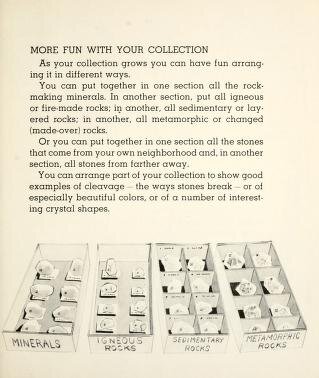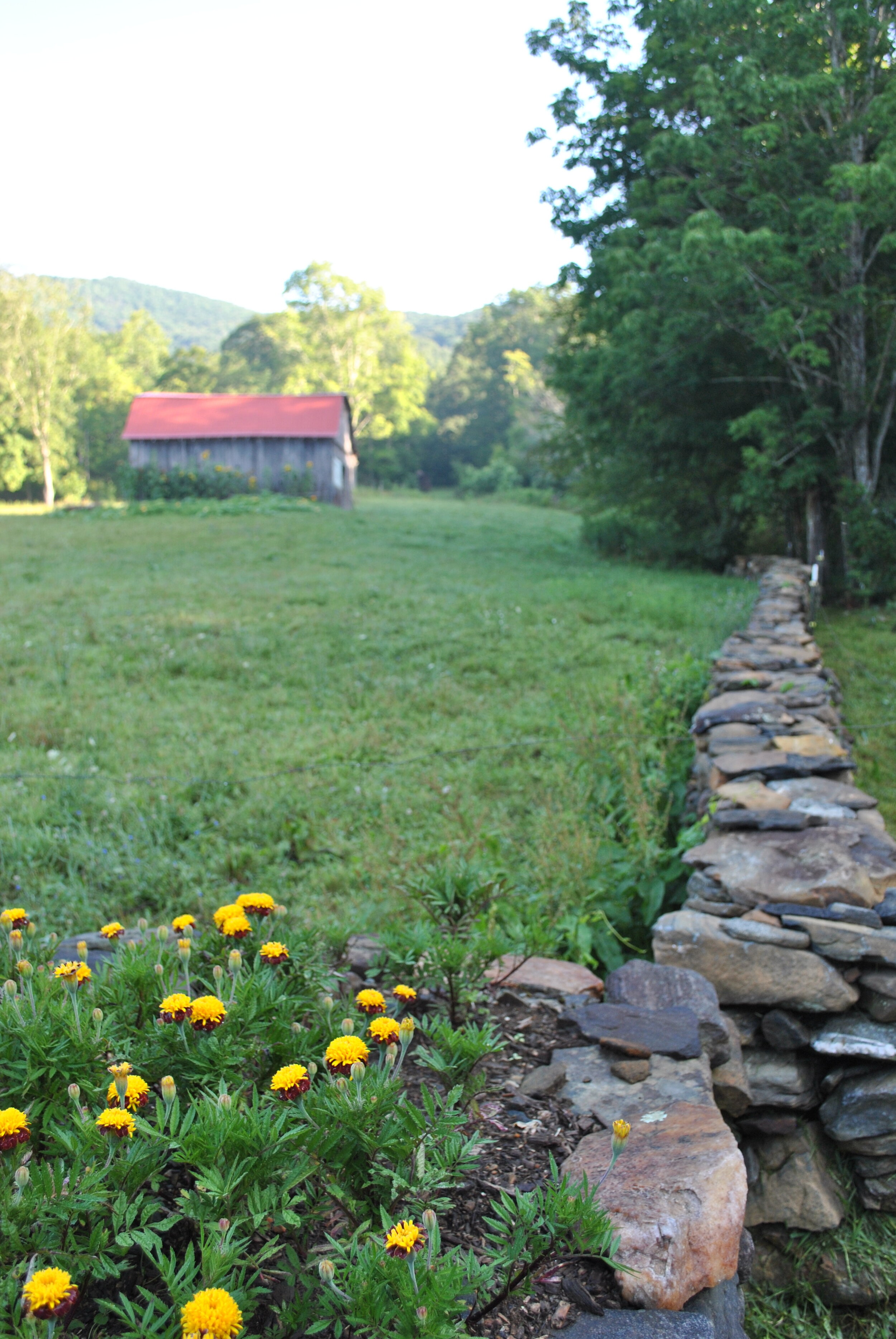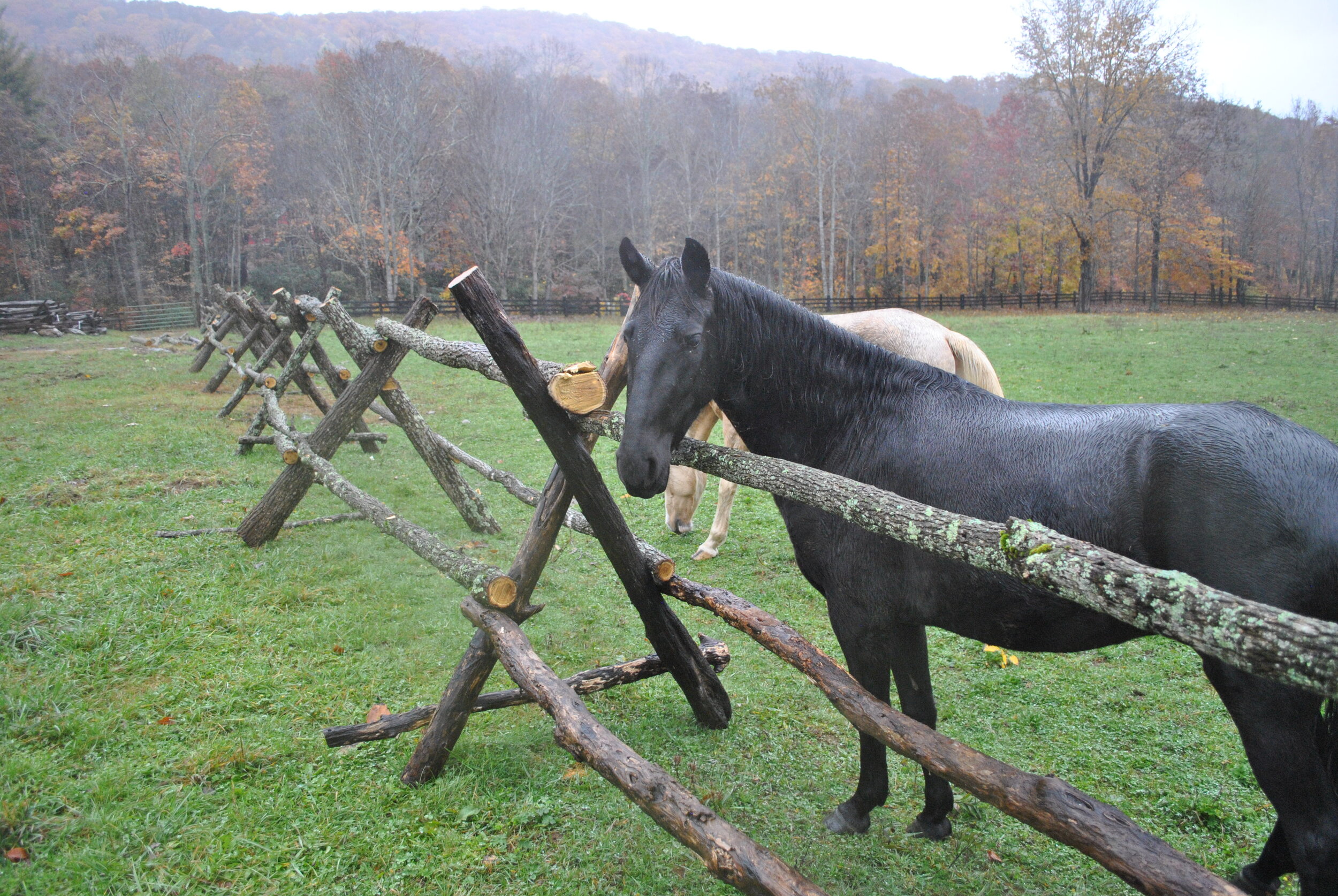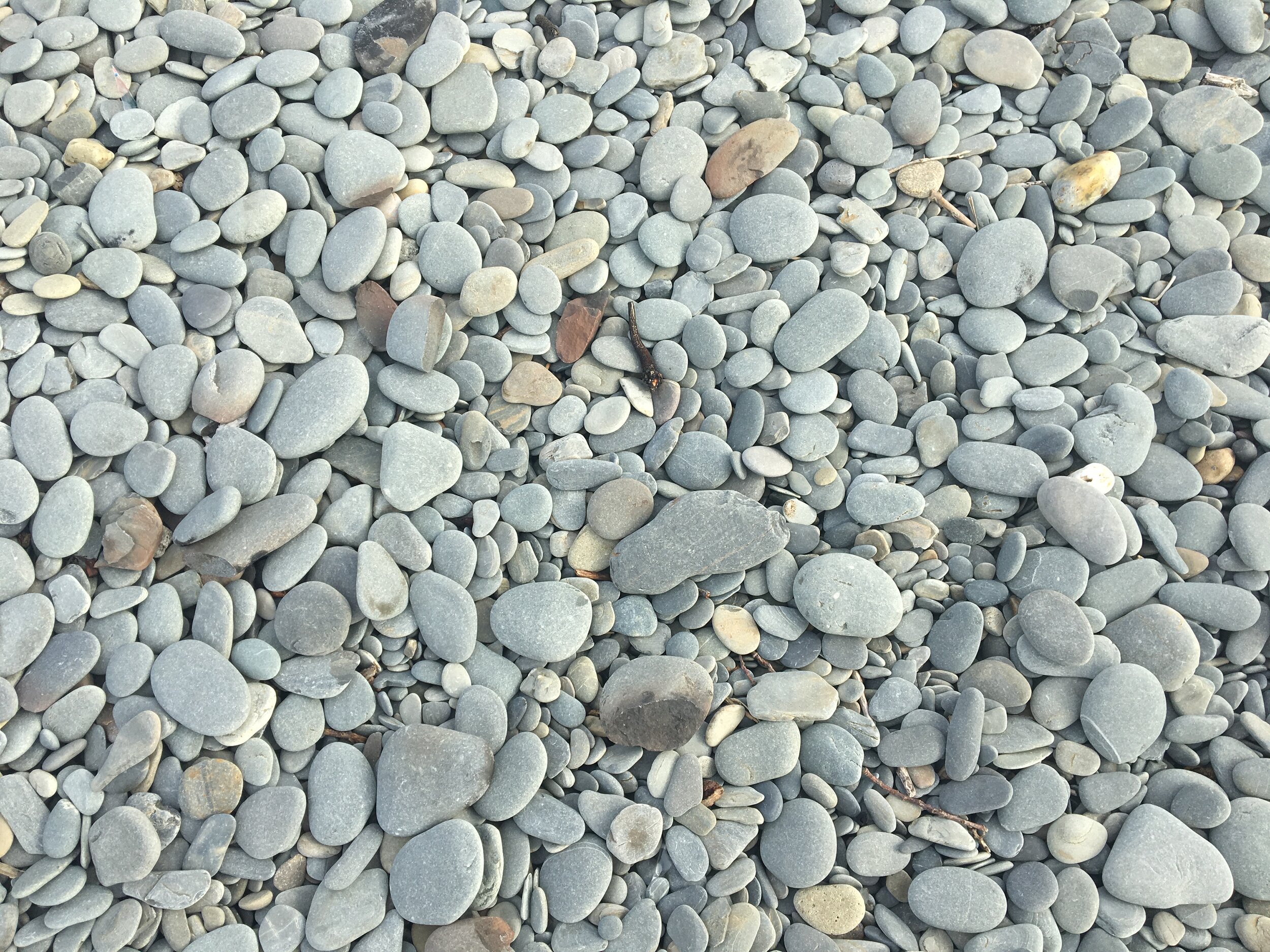By Betty Miller Conway
Back when I was a kid, somebody gave me a book about stones. It was well used before I ever got my hands on it, a nondescript grey book with a book jacket long gone. It was called The First Book of Stones and even though it was not my usual type of reading material, it transformed my childhood playhouse into a museum of rocks.
I’m not quite sure why I suddenly decided to become a collector of rocks. The little book itself was plain enough with its simplistic black and white illustrations from the 1950’s: girls in pigtails and high waisted blue jeans and boys with plaid shirts tucked neatly into belted trousers. The illustrations of rocks were also in black and white which sure didn’t do much to grasp one’s attention or aid in rock identification. And in any case, I was not generally systematically or scientifically minded. I was always more interested in ideas than in the methodology of things. I fancied myself the creative type—a poet, an adventurer, a rider of wild horses, a reader of romantic novels and westerns where the heroines always rode off into a hazy sunset, undeterred by life’s adversities.
But that summer I cracked open rocks. With my dad’s help I compiled the requisite rock collector’s kit that the book suggested: a hammer and chisel for breaking open rocks; a knife, copper penny, and piece of glass to test for hardness; and a magnifying glass to look carefully at the insides of rocks. I repurposed my pony’s saddle bags temporarily into rock gathering satchels. I brought home rocks by the satchel full, submitting them to tests of hardness and clarity. I learned quickly that my area had many different types of quartz rocks and that quartz was so hard that it would scratch glass. I faithfully replaced the doll beds in my old playhouse with makeshift shelves of cinder blocks and boards and lined them with egg cartons containing hand printed labels of the treasures I found on my rock hunting adventures.
As an outdoorsy kid, I was most interested in finding and labeling these treasures. But in the process, I learned some interesting facts about rock formation as well: about sedimentary, metamorphic, and igneous rocks and how the differences among them have to do with how they formed and changed over time. I was surprised to learn that even though rocks seemed eternal and unyielding, they were actually part of a complex and shifting pattern of change that spanned millions and millions of years! Obviously, my little grey book of stones could only give me the most rudimentary understanding of the world of geology, tectonic plate theory, and the cycle of rocks. But the glimpse I was given was enough to convince me that besides being beautiful, rocks were a tangible connection to an ancient past that I could only imagine existed.
In addition to quartz, I found plenty of feldspar, mica, granite, and sometimes slate and limestone. I always hoped to find a garnet or a ruby lying in some rubble of stone, but I never did. And although I knew that most geodes were found in the deserts of the west or perhaps the mountains of Kentucky, I dreamt of cracking open a rock and discovering --miraculously! --a cluster of glittering crystals inside. Of course it never happened but with a kid’s optimism, it always seemed possible.
Later, my cousins brought me a geode or two from out west, and I was strangely disappointed. It just wasn’t the same if you didn’t find it yourself, I decided. Even back then, I had figured out that the joy of rock hounding was not in the dusty collection on my playhouse shelves but instead in the act of collecting. I enjoyed walking in the woods and along deserted roadways thinking about the treasures I might find. I loved sifting through old creek beds, chipping stones off the rock cliffs on our family farm, and listening to the rushing water while I panned for gold in the streams near my house.
It was a fun but not overly productive endeavor. Over time, I got tired of my egg cartons filled with poorly lettered labels. Eventually the playhouse was repurposed again, this time into a clubhouse where my friends and I dreamed about boys, dances and romantic trysts by a lake. I’m not sure what happened to The First Book of Stones.
But I never got over my love of rocks. Every time I went somewhere, I would bring a rock or two home to help me remember that place or even more importantly, the feeling I had when I was at that place. By then I didn’t care where the rock measured on the hardness scale; instead I loved how it felt in my hand—tangible, real, a part of an earth and universe that was far more immense than I.
The first such rock I ever remember bringing home was from Hungry Mother’s Lake State Park in Virginia, not too many miles from home. Later, I brought home some small pebbles from the white quartz beaches in Pensacola, Florida when I visited my cousin Joan there while I was in high school. The heat and the sun made me think that I was far away from the mountains, but I discovered that the sugar white sand in that area came from ground-down stones from the Appalachian mountain chain, eons and eons ago! As a college student I gathered smooth, weathered rocks from Great Falls Montana, shiny quartz from the Colorado Rockies, and tiny pebbles that graced the beaches in California. Rock collecting became a family tradition. My cousins and I made a point to bring home a rock from every state we visited. And my elderly Aunt Margaret gathered so many stones on a rocky beach in Nova Scotia that the Air Canada airport worker gasped as he tried to lift her heavy suitcase onto the baggage belt.
But no matter where I travelled, I still felt the most kinship with the rocks from the hills and mountains of home, especially the chunky quartz that was scattered on almost every trail my dad and I rode our horses on, once I finished college and came back to the mountains for good. I remember one time that I admired a large rosy rock so much that my dad hoisted in onto his horse, tied it with a rope from his saddle bags, and walked the rest of the way home beside it! Later, my own daughters would join me on the trail, their blonde curls bouncing and their eyes bright with wonder as they oohed and aahed over any shiny rock they discovered along the way.
It is a good thing that I like rocks so much. Our farm here is littered with them. Anybody who is a farmer understands the challenges of rocks. Rocks dull your bush hog and mower blades. You can’t hope to run a straight fence line because you can’t set a fence post without hitting a rock. There is always a big rock in the way, no matter what kind of apple tree or blueberry bush you plan to plant. Let’s not even talk about how hard it is to dig potatoes in rocky soil. Potatoes, rocks—they all look the same in deep dirt.
But on the farm, we have learned to appreciate them. Walton and I spent an entire summer hand gathering rocks for our fireplace when we first moved here. Rocks line our sidewalks, border our flower beds, and serve as stepping stones across the creek. We’ve given up on our fences ever being straight; instead we put the posts in where we can and let the fence lines meander where they may. Walton constructed an old-style buck and rail fence for the Pioneer Homestead that didn’t even require that he set a fence post at all, and our farmhand, Bryce, helped build a long beautiful rock wall to contain the horses in Barton’s field. We used big boulders and rocks from the pasture as the buttress for the farm’s outdoor kitchen and picnic shelter. The boulders make a nice place to sit and soak up the sun beside the ponds on a warm spring day. And we never tire of hearing the water rush over the shiny slick rocks at our very own Seldom Seen Falls as we hike the steep rocky trail along the edge.
These walks remind me that I am not as young and adventurous as I used to be. I no longer carry a makeshift satchel full of rock collecting supplies; instead I use both hands to climb as I am especially mindful of the slippery rocks and steep edge. Like time, the water rushes by, glinting and gliding on the rocks as it carves its own inevitable path toward the sea.
Life is not as simple as the black and white illustrations in The First Book of Stones. As an adult, I don’t expect to find a geode or a ruby just lying in the middle of a road somewhere although a shiny piece of quartz or mica still catches my eye, and for a split second, I can’t help but wonder. My dad is no longer here to carry a big piece of rock home for me on his horse. My daughters have grown up and started their own lives away from the farm. Although they still adhere to family tradition and bring me rock mementos from their travels and adventures, I am sometimes wistful for the days when they walked the familiar trails with me, joining me in filling their pockets with treasures.
Not too long ago, I found myself far from home on a rocky beach in the northern part of Wales. The wind was cold that day; the sky immense. The North Atlantic shoreline lay abundant with smooth, rounded stones, some the size of robin eggs, others larger—more the size of big hen eggs from our farm or freshly dug potatoes from the earth. But without exception, all had been changed with time and the elements into a muted watercolor of blue, gray, and beige. And each was unique and lovely in its way—so beautiful in fact that even though I tried to only pick up the most special ones, I still ended up with bulging pockets, wondering how on earth I was going to carry all those stones home with me on an airplane.
I stopped collecting and instead stood quietly, watching the tide come and go as it pushed the stones back and forth across the beach. The horizon was only a faint silvery line in the far, far distance. I realized that everything around me that day—sky, rocks, tide, wind, the very air that filled my lungs--was all part of one big beautiful universe, alive and always changing. Change was inevitable; it was also beautiful.
The rocks clinked and tinkled as they tumbled together in the tumultuous surf. It seemed to me that they were ringing with joy—like chimes – against the thunderous backdrop of time.









